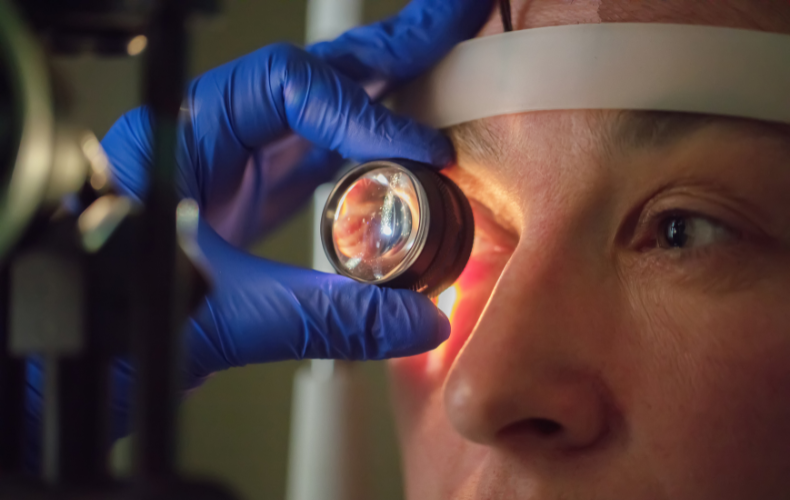
A groundbreaking study published in The Lancet has revealed that stem cells derived from cord blood can significantly improve vision. This pioneering achievement, hailed as a world first, is bringing new hope to patients with sight-threatening conditions.
The Focus: Treating Corneal Damage
The study targeted damage caused by limbal stem-cell deficiency (LSCD), a condition that can severely impair vision and even lead to blindness. These findings could revolutionise treatment options for people suffering from this challenging condition.
What is LSCD?
LSCD occurs when the limbal stem cells, found in the junction between the cornea and the sclera, are absent or dysfunctional. This can result in:
- Inflammation and scarring of the eye
- Loss of vision, sometimes to the point of blindness
LSCD has many causes, including genetic factors and injuries. Severe cases often require complex surgeries, such as transplants from donor eyes.
What did the stem cell study involve?
The study included four patients (two men and two women) aged 39 to 72, all with LSCD in both eyes. Researchers used stem cells from donated cord blood to create a special cell sheet for the cornea. After removing scar tissue from one eye in each patient, the cell sheet was placed on top and protected with a contact lens. Patients were monitored for two years for safety. During the two years, there were no serious issues.
The transplants were accepted, with no rejections or tumors. All four patients saw immediate vision improvements, and three continued to see lasting benefits. These results are very promising, and the research team at Osaka University in Japan plans to conduct a larger study.
What Does This Mean for Cord Blood Banking?
This trial highlights the incredible healing potential of stem cells, especially those derived from cord blood. While the study used induced pluripotent stem cells, other types—like haematopoietic and mesenchymal stem cells from the umbilical cord and placenta—also hold vast promise in regenerative medicine.
Saving your newborn’s cord blood ensures access to a valuable resource for potential future treatments, offering peace of mind as stem cell therapies continue to advance.
This groundbreaking study underscores the life-changing possibilities that stem cells offer—not just for vision restoration but for countless other medical breakthroughs on the horizon.

